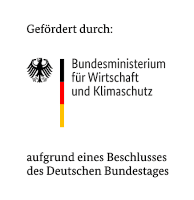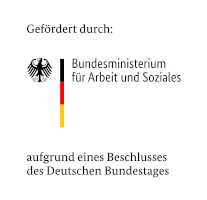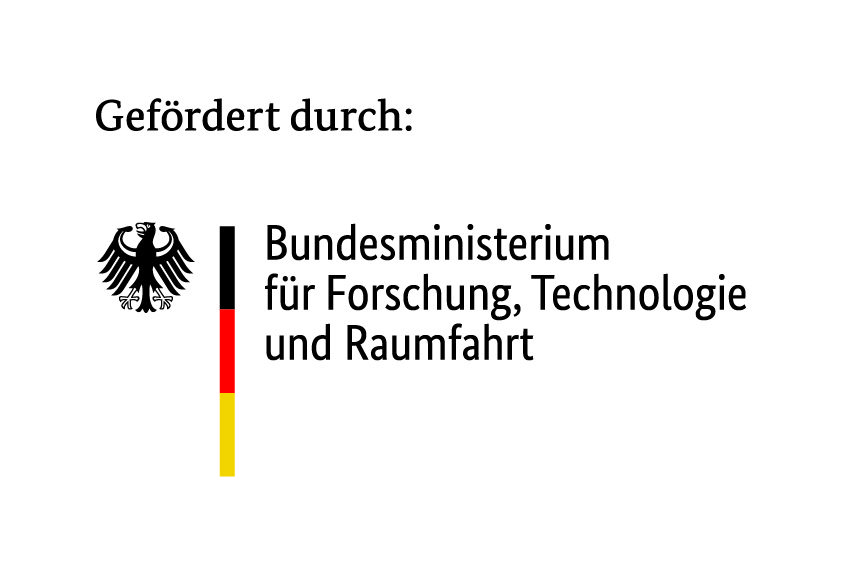Lightweight pressure vessel with structural monitoring system for freight wagon braking system
Weight savings of up to 40 percent and greater safety thanks to integrated structural sensors are the hallmarks of the lightweight fiberglass composite pressure accumulator developed by CG Rail GmbH in collaboration with the Institut für Konstruktion und Verbundbauweisen (KVB).
So far, the railway industry has limited itself to the use of metallic materials for load-bearing components. In times of increasing pressure to reduce CO2 emission in all mobility sectors, a rethink has been taking place. This means that new groups of material, like fiber-reinforced plastics, are becoming the focus of development. If you additionally integrate a structural health monitoring system such components can not only be monitored permanently or as required, but can also be built extremely light due to the reduction of safety coefficients. Thus a safe and sustainable railway operation can be guaranteed.
Fiberglass pressure vessel with an integrated plus
In this context, CG Rail GmbH, in cooperation with the Institut für Konstruktion und Verbundbauweisen (KVB), has developed a lightweight pressure tank as a part of the brake system of a freight wagon. For the first time now his component is tested in a field application.
The substitution of the metal tank resulted in a weight saving of approximately 40 %. It also provided for more safety by applying a structure monitoring system based on Fiber Bragg Grating (FBG) sensors inside the laminate structure. There is a total of nine FBG sensors integrated in the fiber optic cable, which are arranged in three rosettes at different positions in the pressure vessel. The contact between the sensor fiber and the interrogation unit is integrated in one of the boss parts and thus protected from the challenging environmental conditions in railway operations.
In addition to the function of permanent real-time monitoring of the strain condition during use or at required maintenance intervals, the entire fiber winding process can also be monitored. As a result, a high and reproducible component quality can be ensured.
Successful bench tests and field operation
As part of the component development, cyclic endurance tests were carried out, followed by a bursting test. In every test series, there was a high agreement between the finite element simulation results and the measured strain of the FBG sensors as a function of the applied pressure. A pressure sensor with GPS module and temperature sensor was also installed for field use. The data gained can be called up at any time via cloud.
Up to now, a PC is required to read out the FBG sensors and ensure the power supply of the interrogation unit. KVB and another partner are currently working on the development of interrogators that operate purely as logger and send the measurement data wirelessly to a defined end device or cloud service with access from anywhere. This is a further, decisive step towards the industrialization of structure-monitored FRP components in all sectors of industry.
By expanding their cooperation both CG Rail and KVB want to make a significant contribution to the widespread use of monitored fiber composite components and the material class itself in the railway industry.
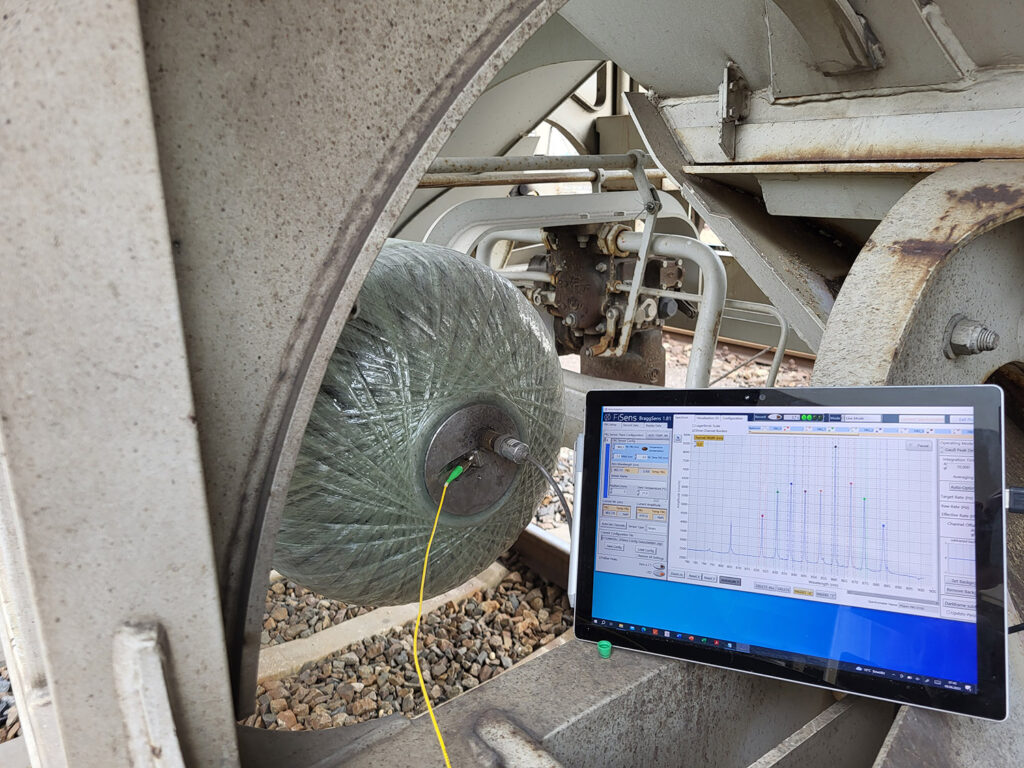
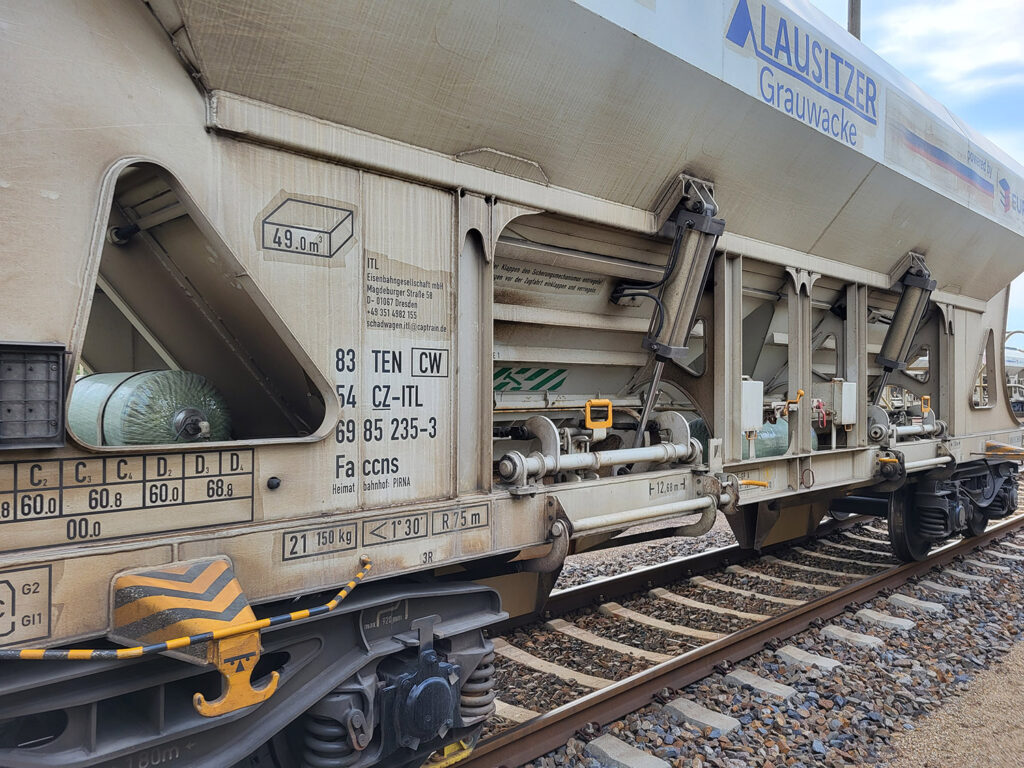
Contact:
M. Sc. Florian Zeidler, Project Manager
+49 1517 420 85 32
florian.zeidler@cgrail.de
www.cgrail.de
KVB Institut für Konstruktion und Verbundbauweisen gGmbH
M. Sc. Martin Zießler, Scientific Project Manager
+ 49 3431 734 25 95
martin.ziessler@kvb-forschung.de
www.kvb-forschung.de





